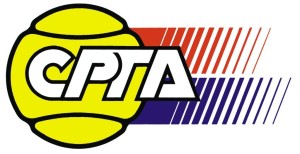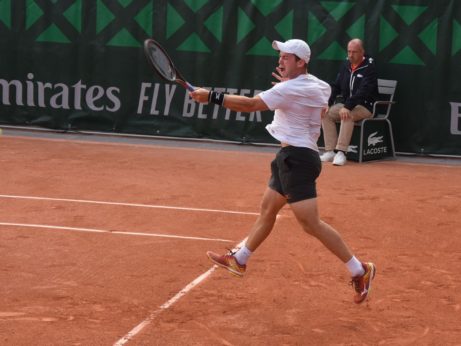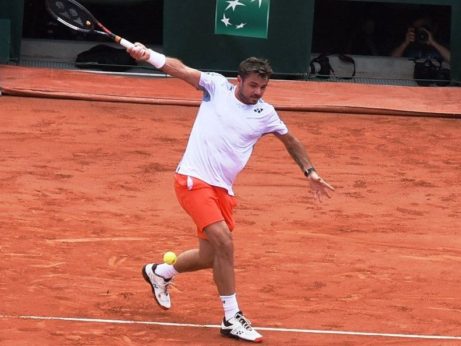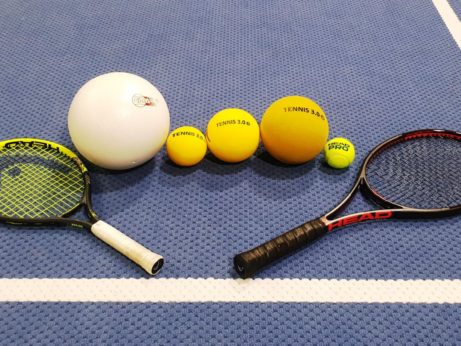What is holding back American Sloane Stephens ?
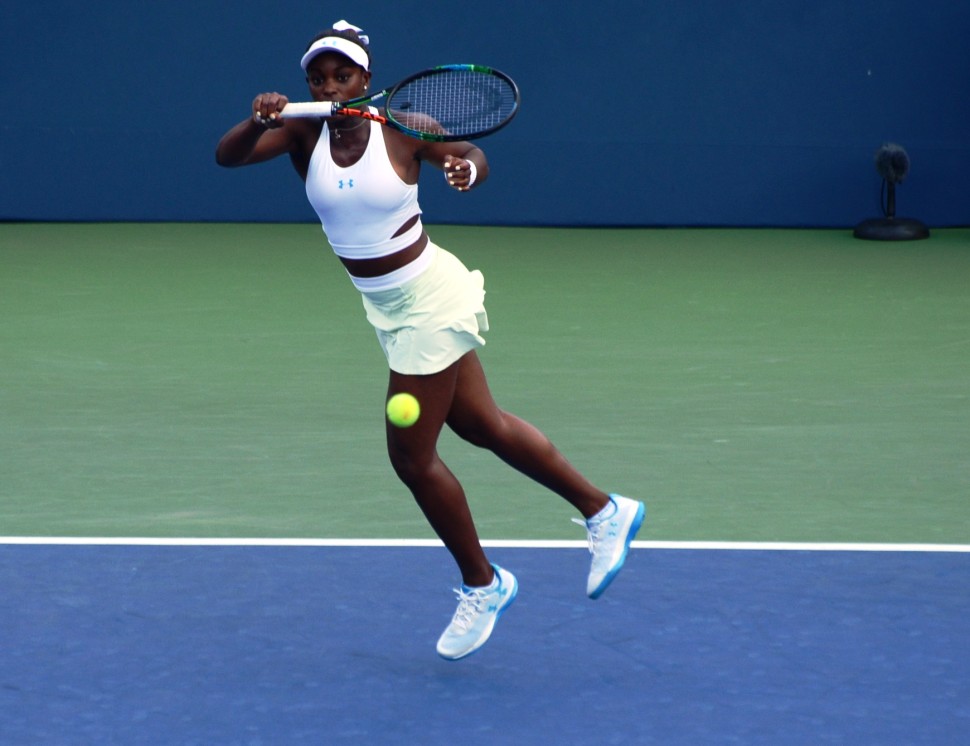
The American Sloane Stephens (*1993 / USA) must be considered as one of the biggest tennis talents of the current new generation of players in their early 20’s. From my coaching work with Sloane in the years 2010-11, I can confirm, that her potential in both physical (speed, dynamic power), as well as skill (tennis specific coordination and motor learning capacity) areas is almost unbelievable. Despite her enormous potential, Sloane is since 2013 struggling with a real break-trough at major events and her 3 tournament wins in the first half of 2016 (at medium level events) give just a taste, what all she could be able of.
In my personal opinion, Sloane’s main “road block” is in just mediocre TENNIS 3.0 benchmark fulfilment in most of her strokes, which could be based partly on limited knowledge of and partly on missing readiness to apply the TENNIS 3.0 CODE within the “3 Step Tennis Stroke Regulation” as often and as precise as possible. This can be quite well seen on the photos below.
Photos #1-2 show Sloane playing perfect Forehand 3.0 with the body energy dominating the racket. When Sloane is committed to this way of striking the ball, her forehand (even with her longer backswing) can dominate practically any opponent and her errors stay at a very low level.
On the photos #3-11, we can Sloane playing rather Forehands 2.0, where mainly arm activity/energy is dominating the stroke action and thus the path of the racket and its position in the space. Photos #4, 5, 7, 9, 11 show how arm action is to a quite high degree independent from the body energy influence, the elbow is bending before the body energy was able to kick in. This is in a huge contrast to the photo #1 where body energy dominates the racket/stroke. While playing in the Tennis 2.0 mode and producing Forehands 2.0, Sloane is prone to a significantly higher amount of errors and the Forehands 2.0 have mostly also less of a winning potential.
All photos shown here are from the same Sloane’s losing match against Coco Vandeweghe in the first round of the 2015 US.Open and all are also from her serving games where she was not under any enormous pressure of the serving/dominating opponent. In other words, Forehands 3.0 would have been possible to be played in all of these situations. Based on her very high level of coordination, Sloane can opt for the Forehand 2.0 variety, which is mostly connected with less effort, but comes with more frequent mistakes and also with a limited dominance of the stroke.
More information and materials available upon request – drmgb11(at)gmail.com

1/ Sloane Stephens (*93 / USA) – Forehand 3.0 – body energy dominates the racket (photo #1 of 2) – impact – 2015 US.Open – NYC / USA

2/ Sloane Stephens (*93 / USA) – Forehand 3.0 – body energy dominated the stroke (phote #2 of 2) – follow through / relaxation – 2015 US.Open – NYC / USA

3/ Sloane Stephens (*93 / USA) – Forehand 2.0 – arm activity dominates the stroke (photo #1 of 2) – forward swing – 2015 US.Open – NYC / USA

4/ Sloane Stephens (*93 / USA) – Forehand 2.0 – follow through of a stroke with the dominance of the arm activity (photo #2 of 2) – 2015 US.Open – NYC / USA

5/ Sloane Stephens (*93 / USA) – Forehand 2.0 – arm activity dominates the action – follow through – 2015 US.Open – NYC / USA
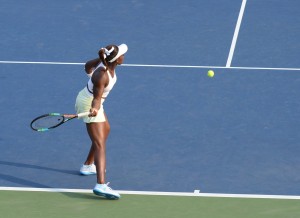
6/ Sloane Stephens (*93 / USA) – Forehand with rather 2.0 tendency as arm activity dominates (photo #1 of 2) – backswing – 2015 US.Open – NYC / USA

7/ Sloane Stephens (*93 / USA) – Forehand 2.0 – arm activity is to large degree independent from body energy (photo #2 of 2) – follow through – 2015 US.Open – NYC / USA
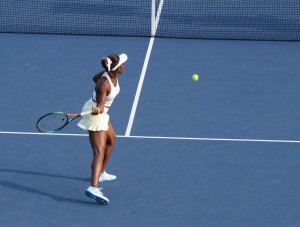
8/ Sloane Stephens (*93 / USA) – Forehand 2.0 (photo #1 of 3) – backswing – 2015 US.Open – NYC / USA

9/ Sloane Stephens (*93 / USA) – Forehand 2.0 (photo #2 of 3) – early follow through – 2015 US.Open – NYC / USA
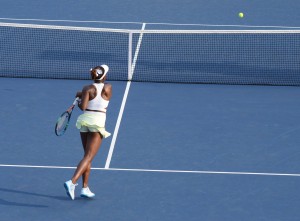
10/ Sloane Stephens (*93 / USA) – Forehand 2.0 (photo #3 of 3) – late follow through – 2015 US.Open – NYC / USA

11/ Sloane Stephens (*93 / USA) – Forehand 2.0 – arm activity / elbow bending dominates the stroke – 2015 US.Open – NYC / USA
Copyright 2015 (photos), 2016 (text) by Dr. Martin G. Baroch
